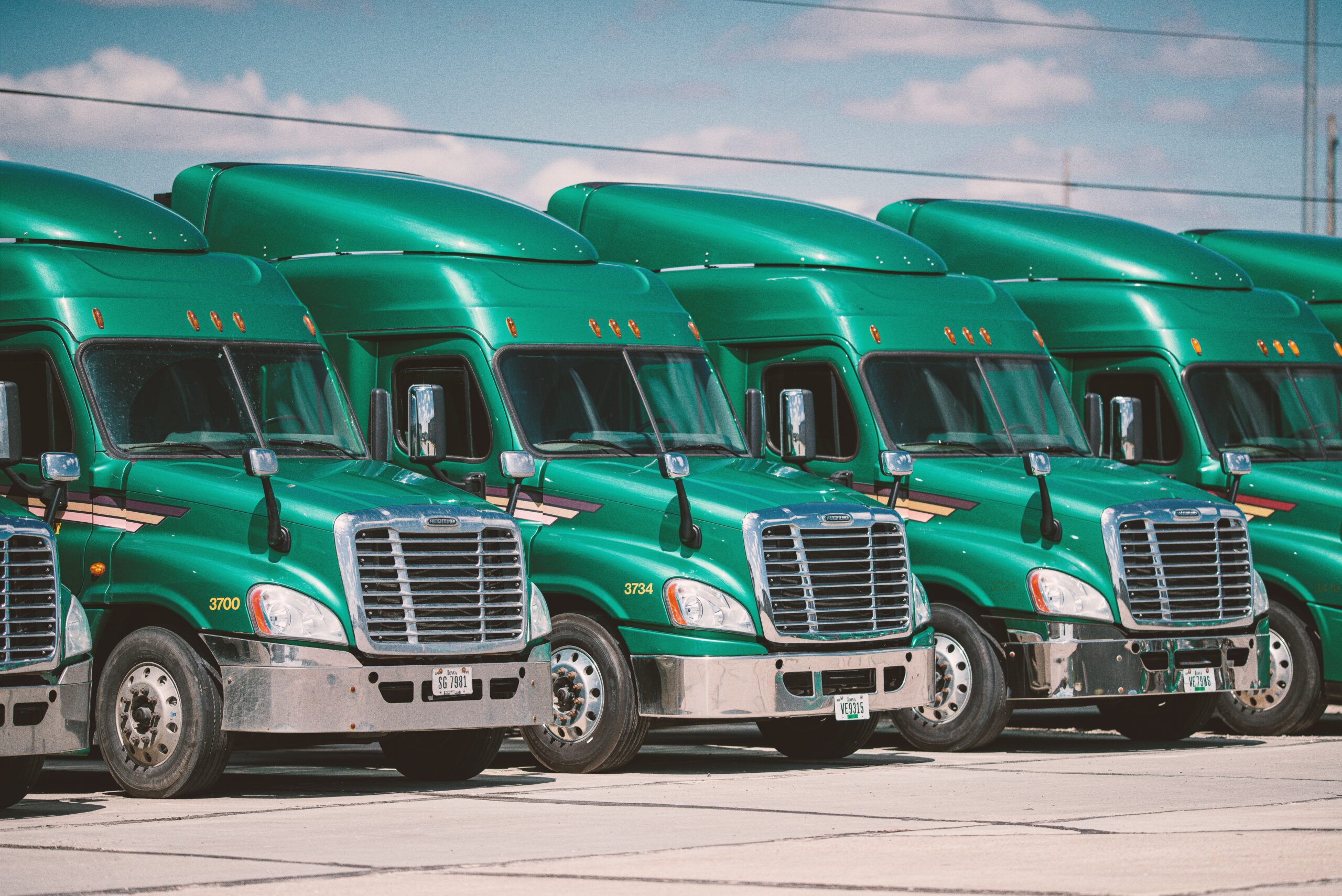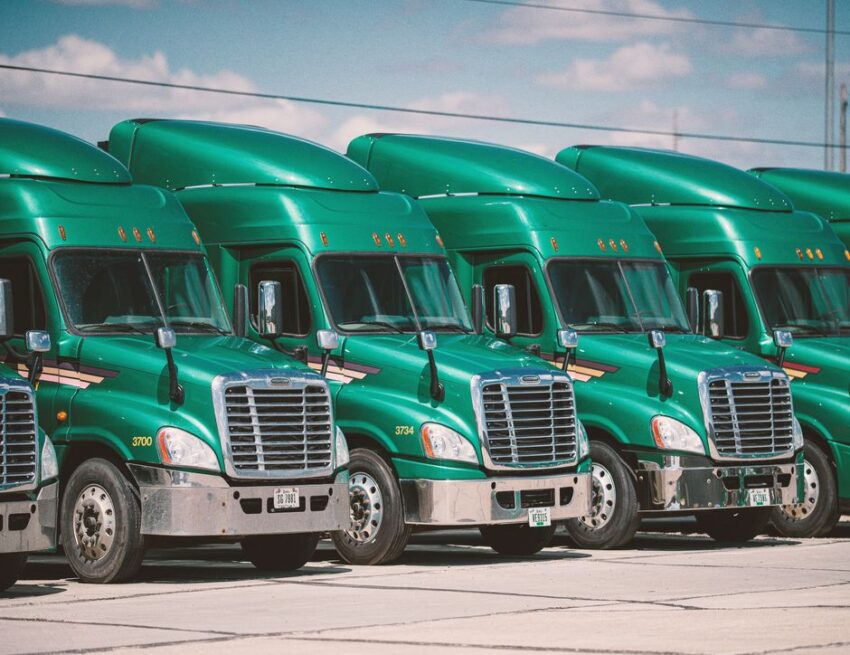Currently, the supply chain industry in the US is facing a massive disruption because of the shortage of truck drivers. Since the start of the pandemic in 2020, over 6% of truck drivers quit their job and presently this industry requires at least 80,000 new drivers. According to the American Trucking Association, the road freight industry is heading towards a shortage of 160,000 drivers in the next 8 years. In this article, we have provided a brief report on the truck drivers shortage in the US and its consequences on the supply chain industry.

The importance of the trucking sector for the supply chain industry
The trucking sector makes up the primary unit of domestic transportation that holds the supply chains together. The driver shortage has already depleted the supermarket shelves since there isn’t a steady supply of goods. For instance, in USA, the trucking sector is responsible for moving almost 71% of commodities. Therefore, it shouldn’t come as a surprise that the driver shortage is affecting the entire economy of the country. Moreover, increasing the pay of the drivers to prevent them from quitting will also impact the supply chain adversely. Additional freight expenditure will impact consumer pricing and can also result in delays and product shortages at the stores.
As per the Bureau of Labor Statistics, the average age of truck drivers in the US is around 55 years. However, with a record number of drivers about to retire in the next two decades, the US supply chain is headed towards a disruption. The problem has become all the more complicated since the industry is unable to recruit new young drivers. If the industry cannot solve the problem of the lack of drivers, there will be a disruption in the on-time delivery of products. This in turn could lead to inflation.
How the driver shortage is disrupting the supply chain
The driver shortage is exacerbating the already strained supply chain. The shortage is coming at a time when several important ports in the country are dealing with congestion. The lack of drivers to pick up the cargo from the docks is a major reason behind the backlog at the ports. Undoubtedly, this is creating a supply chain disruption. The Biden administration has instructed the ports to switch to 24×7 operations. Nevertheless, this is not helping since the importers are not able to count on the drivers to move cargo round the clock. To quote Chris Spear, CEO of the American Trucking Associations, “24/7 operations – it’s an improvement…But it doesn’t matter if it’s a port in LA or Long Beach or the last mile of delivery from a train to a warehouse in Wichita. You’re going to have a driver and a truck move that freight.”
The reasons behind the driver shortage
The first and foremost reason behind the driver shortage is that a large number of drivers are resigning. This trend started with the outbreak of the Covid19 and the consequent waves of the virus prompted a large number of drivers to quit their professions. Even though, truck drivers can make a decent amount of money every year, their job is a difficult one. It entails spending time on the road for days on end and not meeting the families for months.
Some of the reasons behind the resignation trend of the truck drivers are:
-
The pandemic
During the peak of the pandemic, the truck drivers had to make stops at cheap hotels and diners. This increased their risk of getting infected with Covid. In the case of an infection, they were required to quarantine in the town they were at that moment.
-
Low pay
Some trucking companies pay their drivers on the basis of the miles they cover. However, often the drivers need to perform tasks between stops for which they don’t receive payment. These tasks could involve making safety checks, loading/unloading the trailer, joining company meetings and even waiting during bad weather or traffic jams. Some drivers even pay for their fuel, maintenance and insurance which drastically reduced the take-home pay.
-
Future uncertainty
Many drivers are also worried about the future uncertainly of their career because of the advent of autonomous trucks. Although they are hardly any self-driving trucks plying the highways, they will soon become a reality and might replace the job of truck drivers.
-
Better job opportunities
The job market in the US is booming with over 11 million job opportunities. This is encouraging drivers to leave their job and start with a new career. Many former truck drivers have entered the construction business, or are working in fulfillment centers and warehouses.
What the trucking sector is doing to address this shortage
The plan of the Biden administration
Once the bipartisan infrastructure bill is passed, it would authorize hundreds of billions of dollars for the improvement of the supply chain industry. This would include workforce development for the road freight sector. Simply stated, this bill will permit over 3,000 drivers within ages of 18 to 20 to undergo training. At the moment, the drivers need to be at least 21 years to get a permit for driving trucks and trailers.
Investing in longer trailers
Several trucking companies are investing in longer trailers to move more cargo in a single trip. More cargo per trip translates to fewer trips. Nevertheless this is a faulty approach since it increases the risk factor. Longer trainers are more difficult to handle and the driver might still get just a few extra bucks more per mile.
The crisis mitigation plan of U.S. Xpress


